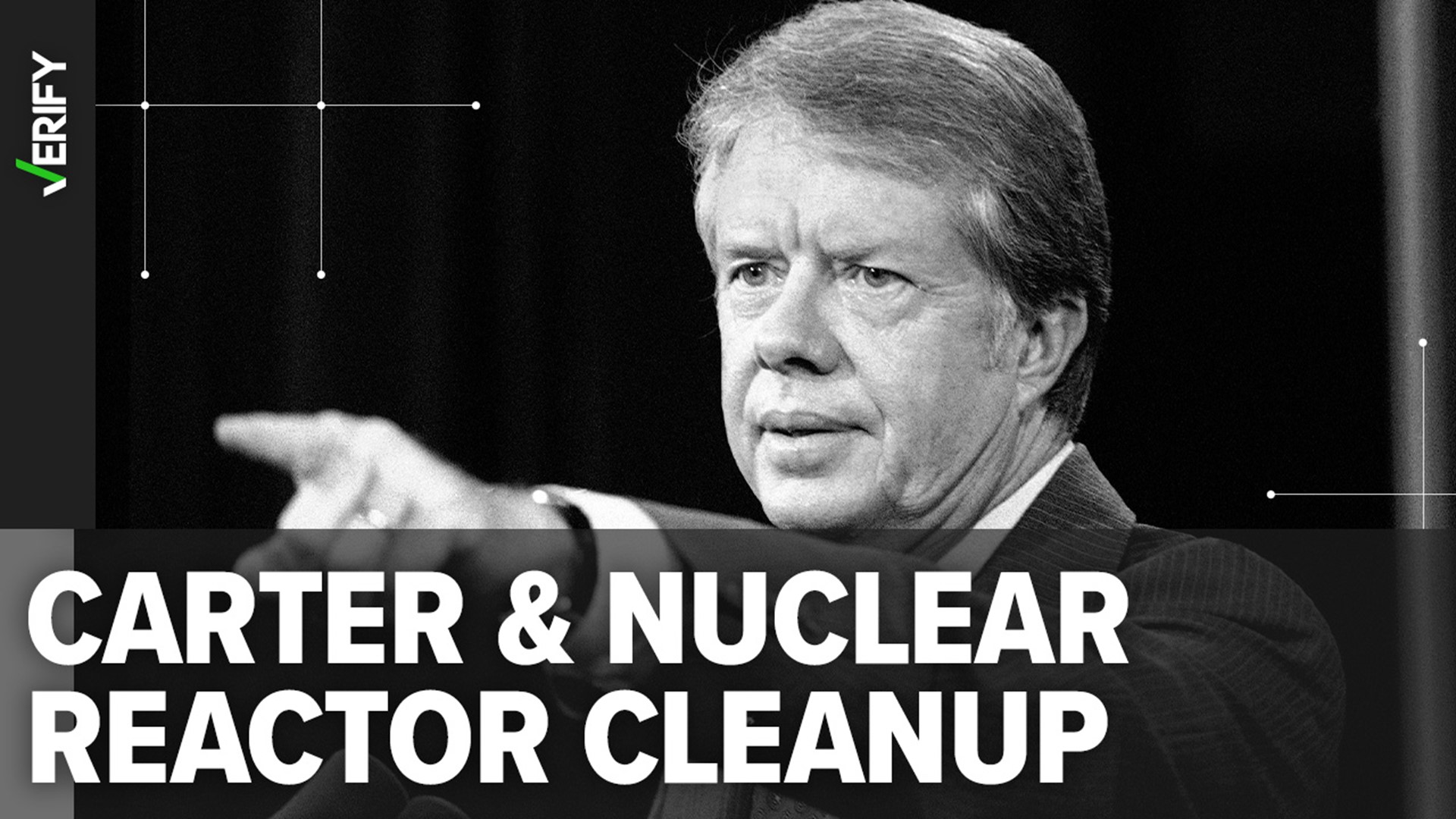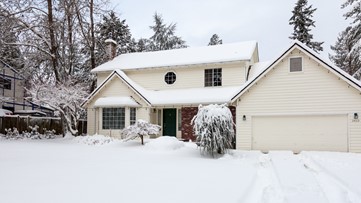Former President Jimmy Carter, 98, has entered hospice care at his home in Plains, Georgia, after a series of short hospital stays, the Carter Center announced in a Feb. 18 statement. The organization said the 39th president “decided to spend his remaining time at home with his family and receive hospice care instead of additional medical intervention.”
A few days before the announcement, a meme shared on Twitter claimed Carter led a team of men after the world’s first nuclear reactor meltdown while he was serving in the U.S. Navy at age 28. The meme also claimed Carter and his team were exposed to a lot of radiation during this time.
THE QUESTION
Did former President Jimmy Carter help lead the cleanup effort after the world’s first nuclear reactor meltdown?
THE SOURCES
- Atomic Energy of Canada Limited (AECL)
- The Society for the Preservation of Canada’s Nuclear Heritage, nonprofit history museum in Deep River, Ontario, Canada
- Canadian Coalition for Nuclear Responsibility, nonprofit organization dedicated to education and research on nuclear energy
- Toronto Public Library
- “Why Not the Best?: the First 50 Years” autobiography by Jimmy Carter, 1975
- “A Full Life: Reflections at Ninety” memoir by Jimmy Carter, 2016
- Article by Katie Mummah, nuclear engineer, Ph.D. student at the University of Wisconsin and graduate research assistant at Los Alamos National Laboratory in New Mexico
THE ANSWER
Yes, former President Jimmy Carter helped lead the cleanup effort after the world’s first nuclear reactor meltdown.
WHAT WE FOUND
Former President Jimmy Carter was brought in to lead a team of men who helped clean up after a nuclear reactor, called NRX, partially melted down in Chalk River, Ontario, Canada, in 1952. U.S. Navy Lieutenant Carter, then 28 years old, was among the hundreds of Canadian and American servicemen who were ordered to participate in cleanup efforts following the meltdown.
On Dec. 12, 1952, mechanical and human errors caused violent hydrogen gas explosions, the leaking of tons of radioactive water and a destructive partial meltdown at the NRX reactor. Some radioactivity was released into the atmosphere during the meltdown, but no injuries were reported.
The staff of Atomic Energy of Canada Limited, which owned the NRX reactor, and a team of research physicists who were present at the time of the meltdown were able to identify and correct the original errors within minutes, but part of the nuclear fuel began to melt, Katie Mummah, a nuclear engineer and Ph.D. student, wrote in a 2021 article.
“Although the accident was halted before a full meltdown occurred, the reactor remained in a damaged state, and it was clear that the cleanup effort would require a significant number of volunteers,” Mummah wrote.
Atomic Energy of Canada Limited decided to ask the U.S. Navy for help in cleaning up the damage. Carter, who studied nuclear reactor technology while stationed at Knolls Atomic Power Laboratory in Schenectady, New York, according to Mummah, was assigned to lead one of the cleanup teams.
Carter shared his own accounts of the cleanup operation in his presidential campaign autobiography “Why Not the Best?: The First 50 Years” and his memoir “A Full Life: Reflections at Ninety.” In both books, he said he and his team were exposed to radiation during this time.
“Because of our security clearance and experience in the field, we were asked to go to this Canadian site to help in disassembling the damaged nuclear reactor core. The radiation intensity meant that each person could spend only about ninety seconds at the hot core location,” Carter wrote in “Why Not the Best?”
Carter explained that a duplicate mock-up of the NRX reactor was constructed on a nearby tennis court in Chalk River. He said television cameras monitored the actual damaged equipment that was far beneath the ground.
“When it was our time to work, a team of three of us practiced several times on the mock-up to be sure we had the correct tools and knew exactly how to use them. Finally, outfitted with white protective clothes, we descended into the reactor and worked frantically for our allotted time,” Carter wrote.
Carter said in the months following the cleanup operation, he and his team had their urine monitored for radioactivity. According to Mummah, the cleanup process was so successful that only 14 months after it began, the reactor was rebuilt and running again.
“We returned to Schenectady after all of us had exhausted our permissible time in the radioactive site. There were a lot of jokes about the effects of radioactivity, mostly about the prospect of being sterilized, and we had to monitor our urine until our bodies returned to the normal range,” Carter wrote. “None of us suffered any permanent aftereffects, and I was glad to learn several years later that the Chalk River reactor was back in operation.”
The Associated Press contributed to this report.












